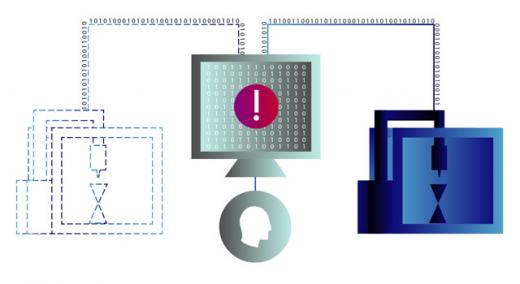Detailed virtual copies of physical objects, called digital twins, are opening doors for better products across automotive, healthcare, aerospace, and other industries. According to a new study, cybersecurity may also fit neatly into the digital twin portfolio.
|
ADVERTISEMENT |
As more robots and other manufacturing equipment become remotely accessible, new entry points for malicious cyberattacks are created. To keep pace with the growing cyberthreat, a team of researchers at the National Institute of Standards and Technology (NIST) and the University of Michigan devised a cybersecurity framework that brings digital-twin technology together with machine learning and human expertise to flag indicators of cyberattacks.
In a paper published in IEEE Transactions on Automation Science and Engineering, NIST and University of Michigan researchers demonstrated the feasibility of their strategy by detecting cyberattacks aimed at a 3D printer in their lab. They also noted that the framework could be applied to a broad range of manufacturing technologies.
…

Add new comment